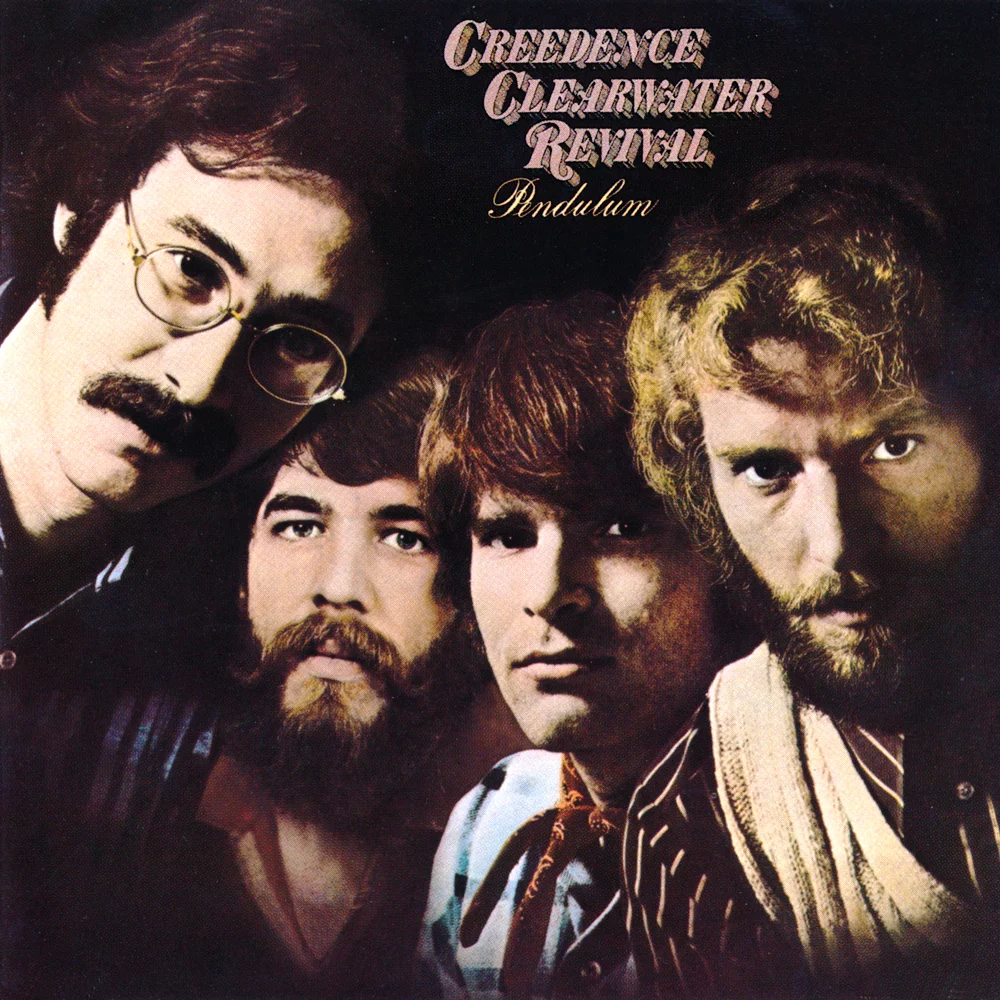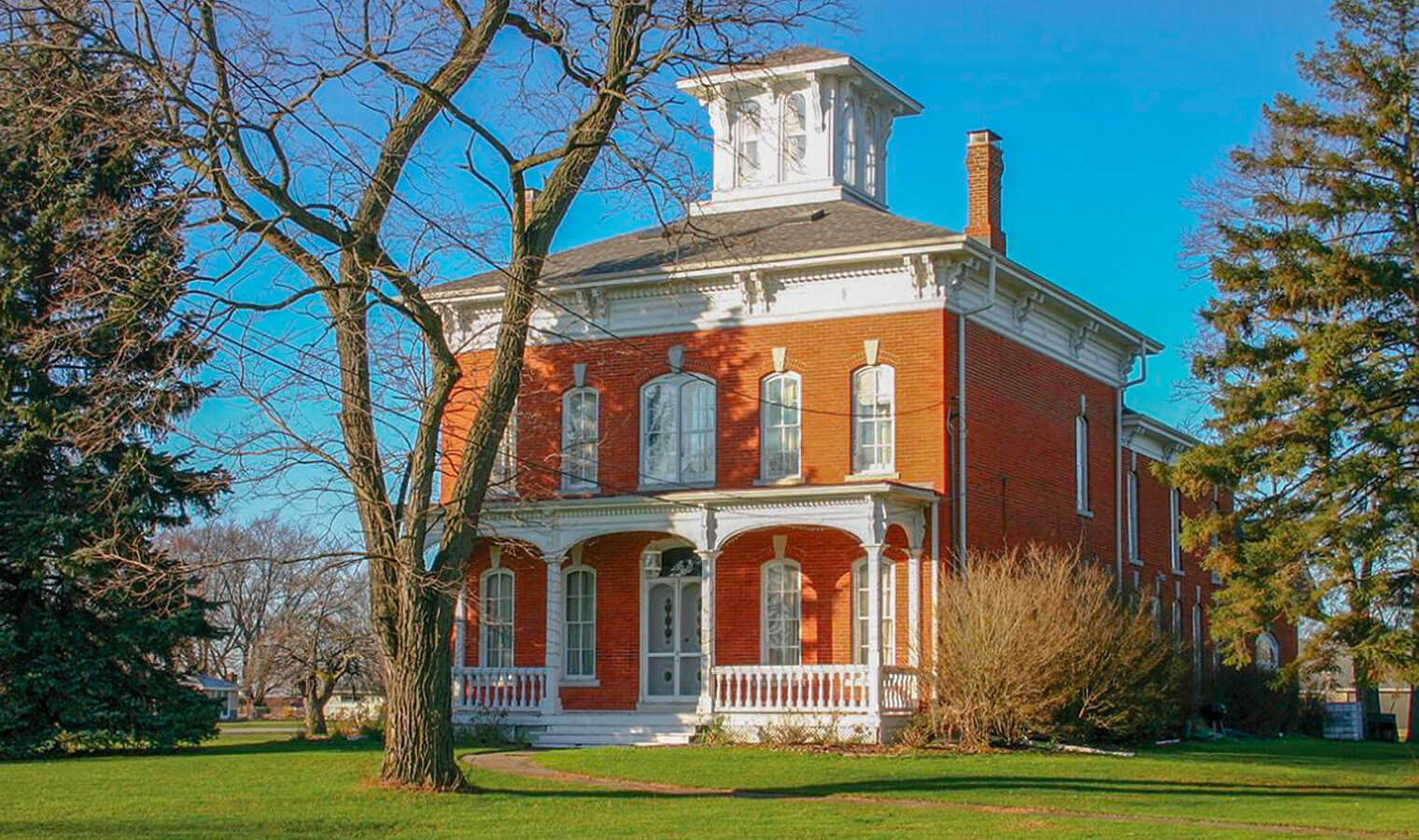
The Pueblo Revival was inspired by the indigenous Pueblo people’s architecture in the Southwestern US. Pueblo homes were made of adobe or stucco and designed to handle the extreme temperatures of the desert.
Architects in California began to explore the Pueblo style in the late 19th century and the Pueblo Revival style spread across New Mexico, Arizona, and Colorado.
The Pueblo Revival hit its peak in the 1930s in Santa Fe, and these Pueblo-style elements are still popular in the Southwest:
- Rounded corners and irregular shapes
- Earth tones that reflect the desert colors
- Stepped effects with higher floors becoming smaller
- Flat roofs with parapet trim
- Exposed roof beams extending past the walls
The Pueblo Revival style is also commonly called Adobe or Santa Fe style architecture.



The American Academy of Arts and Sciences (abbreviation: AAA&S) is one of the oldest learned societies in the United States. It was founded in 1780 during the American Revolution by John Adams, John Hancock, James Bowdoin,[1] Andrew Oliver, and other Founding Fathers of the United States.[2] It is headquartered in Cambridge, Massachusetts.
Membership in the academy is achieved through a thorough petition, review, and election process.[3] The academy's quarterly journal, Dædalus, is published by MIT Press on behalf of the academy.[4] The academy also conducts multidisciplinary public policy research.
The Academy was established by the Massachusetts legislature on May 4, 1780, charted in order "to cultivate every art and science which may tend to advance the interest, honor, dignity, and happiness of a free, independent, and virtuous people."[6] The sixty-two incorporating fellows represented varying interests and high standing in the political, professional, and commercial sectors of the state. The first class of new members, chosen by the Academy in 1781, included Benjamin Franklin and George Washington as well as several international honorary members. The initial volume of Academy Memoirs appeared in 1785, and the Proceedings followed in 1846. In the 1950s, the Academy launched its journal Daedalus, reflecting its commitment to a broader intellectual and socially-oriented program.[7]
Since the second half of the twentieth century, independent research has become a central focus of the Academy. In the late 1950s, arms control emerged as one of its signature concerns. The Academy also served as the catalyst in establishing the National Humanities Center in North Carolina. In the late 1990s, the Academy developed a new strategic plan, focusing on four major areas: science, technology, and global security; social policy and education; humanities and culture; and education. In 2002, the Academy established a visiting scholars program in association with Harvard University. More than 75 academic institutions from across the country have become Affiliates of the Academy to support this program and other Academy initiatives.[8]
The Academy has sponsored a number of awards and prizes,[9] throughout its history and has offered opportunities for fellowships and visiting scholars at the Academy.[10]
In July 2013, the Boston Globe exposed then president Leslie Berlowitz for falsifying her credentials, faking a doctorate, and consistently mistreating her staff.[11] Berlowitz subsequently resigned.





Modern Tudor homes are inspired by Medieval European Tudor homes and often have a charming cottage aesthetic. They’re popular on the East Coast and in parts of the Midwest.
Tudor homes are an easy style to identify. They feature:
- Steeply pitched gable roofs
- Exposed and decorative half-timbering with stucco exterior
- Mixed-material brick or stone walls
- Casement windows in groups or with diamond shapes
The Tudor Revival reached peak popularity in the 1920s and is still widely popular today.

Mediterranean home styles are made of stucco, so they’re most common in warm climate states like Arizona and California. These homes grew in popularity in the 1920s and ‘30s after being featured as homes for the rich and famous on the silver screen.
Mediterranean-style homes include Spanish and Italian architectural elements. These key features make them easy to spot:
- Stucco walls painted white or brown
- Classic red tile roofs
- Arched doorways and windows
- Ornamentation including wrought iron, heavy doors, and decorative tiles
Mediterranean homes still carry the feelings of class and luxury they were built with over 100 years ago, with an added element of history and charm.

Despite the car initially being built in 1885 in Germany, American manufacturers completely dominated the automotive industry of the mid-twentieth century. Applaud be to Henry Ford, who established the first conveyor assembly line for his Model T on December 1, 1913. This creation reduced the production time of one vehicle from 12 hours to an hour and 33 minutes, making it a lot cheaper. Ford’s goal was to make automobiles accessible to everyone, and he achieved it. Nowadays, around 91% of American households own at least one car.
Suburbanization
Before vehicles became widely available, people who lived in the city worked in the city, while most of those who settled in the country were farmers. Now that it was possible to travel vast distances in a short amount of time, the thought of dwelling away from the bustling downtown while still being able to work there looked tempting. After World War II, many soldiers received an opportunity to live on their property in a single-family home, resulting in a baby boom and a surge in demand for tract houses. Seventy-seven million children had been born by the end of 1964. At that time, the suburbs were booming, with over a third of the population residing there.
The American Road Trip
Cars turned into a symbol of personal freedom and independence, allowing us to travel throughout the nation at will. For many families, the famous American road trip is a ritual. The destination itself, often overlooked, holds little value, as that feeling of liberty and the ability to travel to any desired location in the country alongside your family and friends is what brings immense joy. The complex infrastructure designed around your car makes this activity even better.
New Business Categories
Many new businesses started along with the development of automobiles. Getting hungry in the middle of the trip stopped being a problem. Just hit the local drive-in or drive-thru where carhops, sometimes on roller skates, will take care of the food orders, letting you stay inside the car. After everyone is full and satisfied, the desire to watch a good movie kicks in. So, our next destination is the drive-in theater. This gigantic outdoor screen with a parking area next to it was popular in the 1950s, romanticized by TV series such as Happy Days, American Graffiti, and Grease. Once again, there was no need to leave the vehicle unless you wanted to get some snacks from the concession stand. On the way home, let’s stop at a mall for some shopping. It is convenient to have many different stores gathered for us in one place. However, the distance from the downtown is reasonable. That is why we have cars; otherwise, such shopping centers wouldn’t exist.
Hot Rodding, Drag Racing, and NASCAR
Coming back home from a heartwarming, peaceful family trip, it feels like there is a need for something more out of your car. What if it could go faster? Solely add an enormous engine and get a fancy paint job, turning it into a hot rod. Hot rodding and drag racing are motorsports that gained popularity in the 1950s and remain relevant. Another is NASCAR, where racers compete on slightly tilted speedways using stock cars. It is, by the way, the second most spectated sport in the USA behind the NFL (National Football League).
We could write a book on the tremendous impact cars made on American culture and society. However, a piece of paper could never fully convey all the experiences, as every automobile becomes unique in our hands. At Tempus Logix, we offer auto transportation across the nation, no matter if it is a hot rod, a family van, or a tractor: so that your motor vehicle can always stay by your side. (Quelle:tempuslogix.com)




Queen Anne homes were popularized in the later Victorian era, beginning around 1880. This style is the quintessential Victorian home for many, with ornate woodworking and decor inside and out.
Queen Anne homes have key regional differences across the country, but maintain these essentials:
- Textured walls with decorative shingles or half-timbering
- Large round or polygonal tower at the home’s corner
- Steeply pitched and asymmetrical roof
- Decorative spindles on porches and trim
- Decorative single-pane or stained glass windows
Queen Anne architecture is most common in homes, but can also be seen in schools, churches, and office buildings.
The French Colonial house style can be seen around the world and has significant variety among its sub-styles.
French Colonial houses have the same symmetry as other Colonial homes with these distinct features:
- Dormer windows, including one centered above the door
- External stairs to enter higher floors
- Iron stairs and balconies
- Slightly raised basements to support the floor
French Colonial houses are most similar to Spanish Colonial houses and easily identified by their elaborate iron balconies, stairs, and entrances.

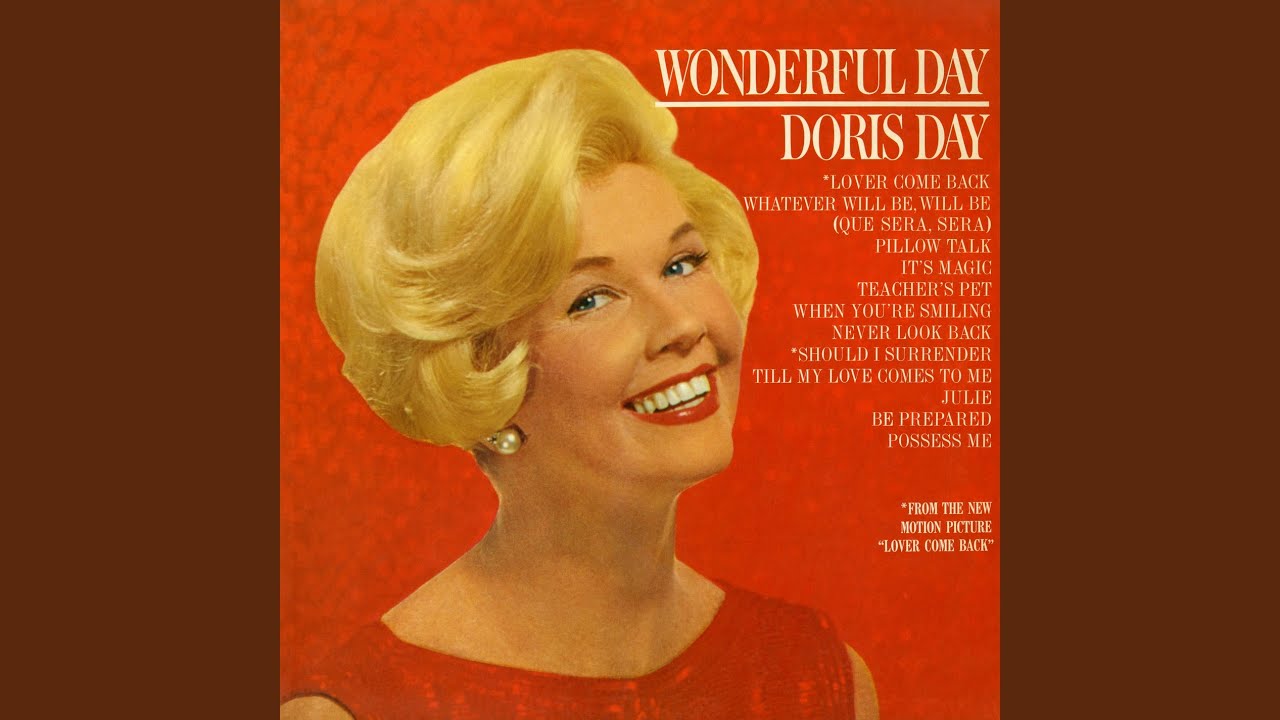
Italianate architecture continues the trend of asymmetrical design, romanticism, and Medieval influence — this time borrowing features from Medieval Italy. Italianate style is common up and down the East Coast and peaked in popularity between 1850 and 1880.
Italianate architecture features:
- Belvederes for natural light and airflow
- Overhanging eaves with decorative support brackets
- Tall and narrow or pedimented windows with rounded crowns
- Cast iron detailing and decor
Pattern books were becoming a popular way for craftsmen to build homes in different styles. This flexibility meant Italianate features were accessible for a variety of homes including large estates and urban townhouses.

Second Empire homes were a modern Victorian-era style that started in France before spreading through the Northeastern and Midwestern United States. Second Empire architecture features similar ornate Victorian trends, though generally offers a simplified Victorian aesthetic.
These elements help identify a Second Empire home:
- Uniquely shaped Mansard Roof
- Decorative window framing and dormers
- Decorative rails or balustrades around terraces and staircases
- Iron roof crest and eaves with support brackets
Second Empire homes are also easy to identify since they’re the only Victorian-era style that often features a symmetrical, rectangular floor plan.

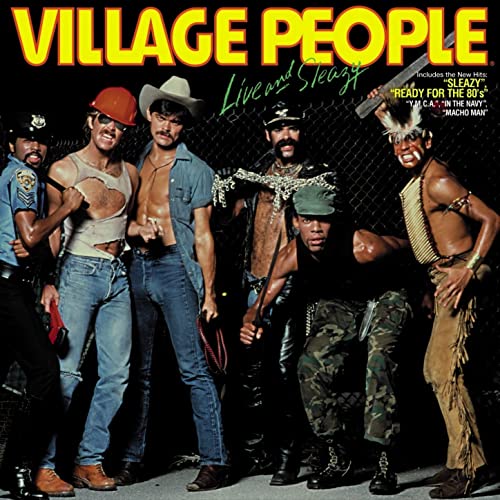

A French Country home has a rustic yet upscale charm. French Country architecture is designed after French chateaus and became popular with American soldiers returning from World War I.
French Country homes offer a unique house style featuring:
- Steep pitched or hipped roofs
- Tall ceilings and windows
- Traditional materials including clay, stone, and brick offer a rustic appeal
- Exposed wooden beams in ceilings and walls
French Country homes are designed with their environment in mind. They often feature neutral colors with soft, nature-inspired pops of color like sunshine yellows and grass greens.

